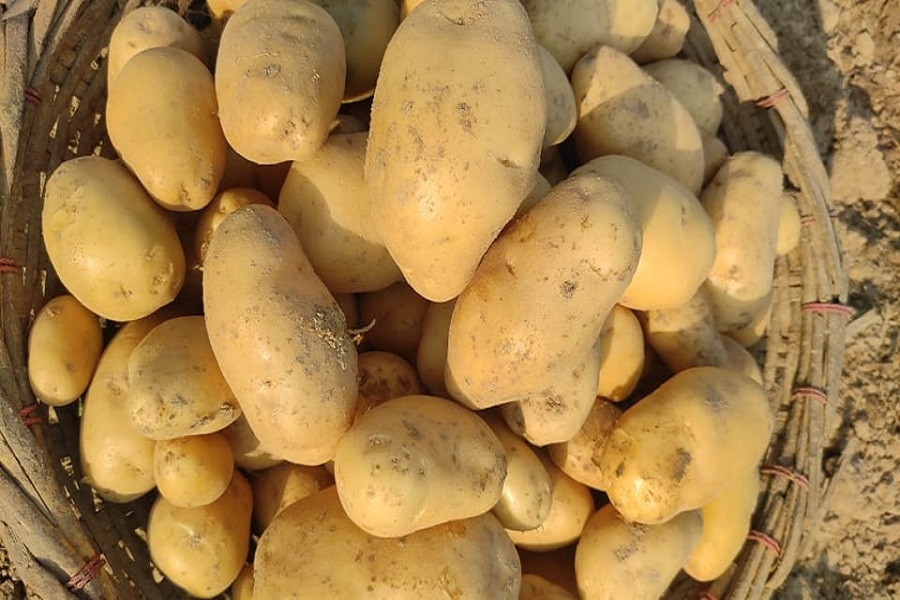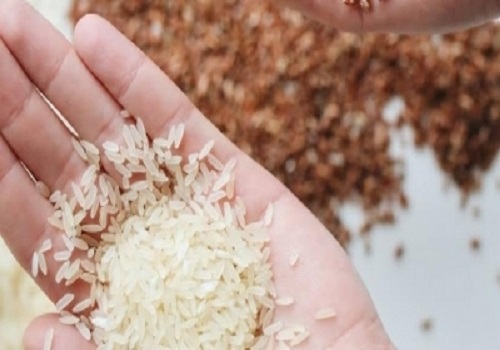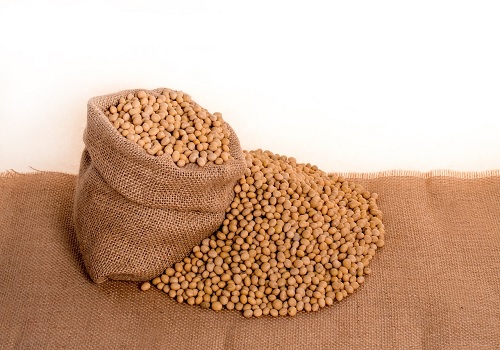Market Shifts: Palm Oil, Cotton, Corn, and More Face New Challenges By Amit Gupta, Kedia Advisory

Follow us Now on Telegram ! Get daily 10 - 12 important updates on Business, Finance and Investment. Join our Telegram Channel
The agro-commodity market has seen significant developments across key crops. Palm oil retreated from a two-year high due to profit-taking and increased export duties in Malaysia. U.S. cotton futures fell below 70 cents amid demand concerns and a stronger dollar. Corn and soybean prices hover near monthly highs due to reduced U.S. yield estimates and robust supply expectations. Sugar futures hit a seven-week low with surplus production in Brazil, while lumber eased from a six-month high amid construction challenges. Lastly, rice futures remained subdued with higher production estimates in India balancing global market pressures. These shifts highlight the complex interplay of production, demand, and policy changes in global agro markets.
Key Highlights
* Palm oil prices dropped from a two-year high, down 1.5%.
* U.S. cotton futures slipped below 70 cents amid weak demand.
* Corn and soybean prices hold near monthly highs on U.S. yield cuts.
* Sugar prices hit a seven-week low due to Brazil's ample supply.
* Rice futures remained low as India’s production forecasts surged.
Malaysian palm oil futures dipped 1.5%, ending their rally of five sessions, settling below MYR 5,120 per tonne. Profit-taking emerged after prices reached MYR 5,200, the highest since mid-2022. Declining output, attributed to aging plantations and El Niño-induced drought, weighed on supply. October’s inventories fell by 6.32%, while exports rose 11.07%, reflecting strong demand. Malaysia’s hike in crude palm oil export duty to 10% and Indonesia's biodiesel blend targets may tighten global supply further.
U.S. cotton futures dropped below 70 cents per pound, impacted by the strong dollar and USDA’s reduced export forecasts. Lower global consumption, particularly in Turkey and Pakistan, contributed to the weaker outlook. Despite steady U.S. production at 14.2 million bales, adjustments within states reflect regional variability. Global production cuts, notably in Turkey and Pakistan, added to bearish sentiment.
Corn futures hovered near $4.30 per bushel as U.S. yield estimates declined, reducing production by 60 million bushels. Soybeans traded close to $10 per bushel, supported by USDA’s crop cuts but tempered by robust overall supply. Brazil’s planting progress outpaces last year, though October exports showed a slowdown. Record output of 161 million tons is projected for Brazil, reinforcing long-term supply strength.
Sugar futures hit a seven-week low at 21 cents per pound due to Brazil’s surplus production and favorable weather. India’s sugar mills push for exports to ease domestic stocks. Meanwhile, rice futures steadied around $14.5 per hundredweight. India’s record-high Kharif season output, bolstered by favorable monsoon rains, offset lower exports and elevated U.S. ending stocks.
Finally
Agro-commodity markets remain dynamic with diverse regional drivers. Price movements reflect supply, demand, and policy shifts, offering opportunities for strategic trading and risk management.
Above views are of the author and not of the website kindly read disclaimer
























